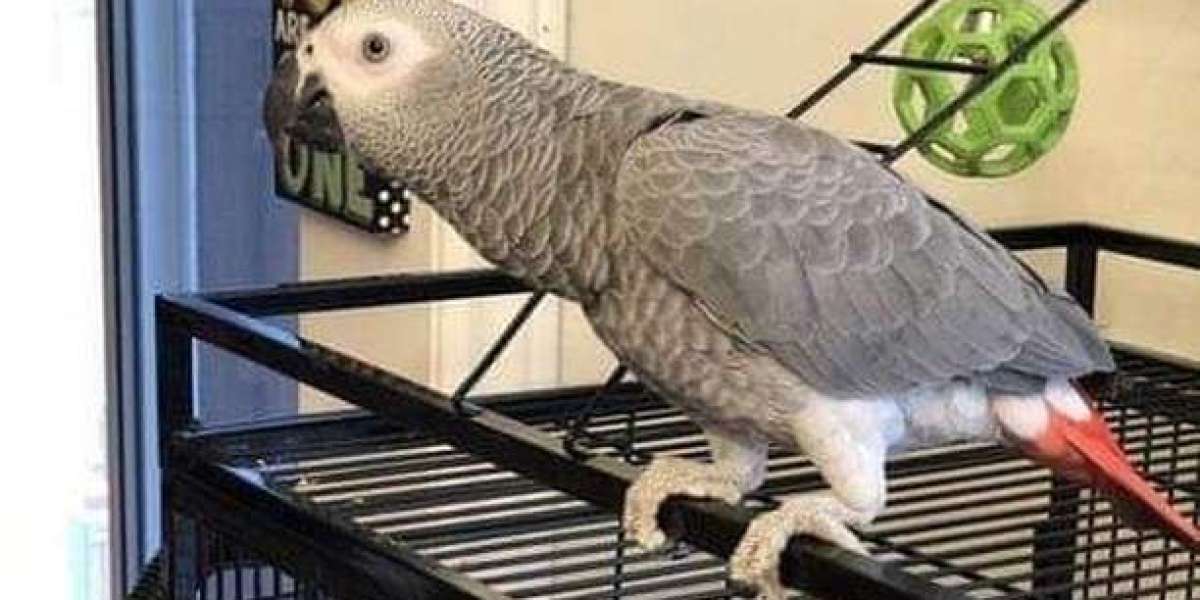African Grey Parrots (Psittacus erithacus) are renowned for their remarkable intelligence and social behavior, but their flight capabilities are equally fascinating. These captivating birds are not only skilled aviators but also require well-rounded care to maintain their flight health and happiness. This article delves into various aspects of African Grey parrot flight, including their anatomy, flight behavior, training, and care considerations.
Anatomy of an African Grey Parrot
The flight capabilities of African Grey Parrots stem from their unique anatomical features. Understanding these features can help owners create an environment supportive of their natural behaviors.
| Body Feature | Description |
|---|---|
| Wingspan | African Grey Parrots have a wingspan of approximately 20 to 24 inches, allowing for powerful and agile flight. |
| Feather Structure | Their feathers are specially designed for aerodynamics, providing lift and maneuverability. |
| Muscle Composition | Strong breast muscles enable sustained flight and agility during aerial maneuvers. |
| Weight | Typically weighs between 400 to 600 grams; the weight can affect flight performance. |
Flight Behavior
African Grey Parrots exhibit various flight patterns and behaviors that are essential for their well-being. Understanding these behaviors can enhance the bond between the bird and its owner and also provide vital enrichment.
Flight Patterns
African Grey Parrots are known for their dynamic and playful flight. Common patterns include:
- Short flights: These involve rapid take-off and landing for purposes such as playful interaction or reaching a perch quickly.
- Gliding: They can glide over distances to conserve energy while navigating their environment.
- Aerial maneuvers: Agile in nature, they can perform twists and turns in mid-air, showcasing their refined control.
Social Flight
In the wild, African Grey Parrots are social creatures and often fly in flocks. This behavior carries over to their domestic lives, impacting their need for social interaction and physical activity.
Training for Flight
Training is crucial for both the safety of the parrot and the enrichment of its life. Here are some effective training methods:
- Recall Training: Teaching a parrot to return to its owner when called helps ensure its safety during free flight.
- Target Training: This method involves teaching the parrot to touch a target with its beak, enhancing its focus and ability to follow commands.
- Flight Exercises: Gradually introducing short flights can help improve the bird's stamina and confidence in flying.
Recommended Training Schedule
| Day | Activity | Duration |
|---|---|---|
| 1 | Recall Training | 15 minutes |
| 2 | Target Training | 10 minutes |
| 3 | Flight Exercises | 20 minutes |
| 4 | Rest Day | -- |
| 5 | Recall Training | 15 minutes |
| 6 | Target Training | 10 minutes |
| 7 | Flight Exercises | 20 minutes |
Flight Safety
Ensuring flight safety is paramount for owners of African Grey Parrots. Here are key considerations:

- Environment: Create a safe space free of hazards. Put away sharp objects, toxic plants, and ensure that windows and doors are secure to prevent escape.
- Supervision: Always supervise your parrot during flight time to prevent accidents and ensure they don't fly into dangerous areas.
- Wing Clipping: Some owners opt for wing clipping as a safety measure. However, this should be approached cautiously and with the guidance of a professional avian veterinarian.
Health Considerations
Maintaining the health of an African Grey Parrot is essential for optimal flight capabilities. Here are some aspects to monitor:
- Diet: A balanced diet rich in fruits, vegetables, pellets, and seeds supports muscle strength and feather health.
- Exercise: Regular out-of-cage time and flight opportunities help maintain physical fitness.
- Veterinary Check-ups: Routine check-ups ensure that any potential health issues affecting flight, such as respiratory problems or malnutrition, are addressed promptly.
FAQs about African Grey Parrot Flight
Can all African Grey Parrots fly well?
- Not all African Grey Parrots fly equally well due to factors like age, health, and whether they have undergone wing clipping.
Is it safe to allow my African Grey to fly freely?
- Yes, as long as the environment is safe and supervised. Owners should ensure that windows, doors, and potential hazards are secured.
How often should I let my African Grey fly?
- Ideally, African Grey Parrots should have the opportunity to fly daily to engage their muscles and promote health.
What should I do if my African Grey stops flying?
- Consult an avian veterinarian to rule out any underlying health issues and assess the bird's overall well-being.
Can African Grey Parrots learn to fly tricks?
- Yes, with proper training and motivation, African Grey Parrots can learn various flight tricks and maneuvers.
Understanding the flight of African Grey Parrots is essential for providing appropriate care and fostering a healthy environment. By appreciating their natural flight behaviors, investing time in training, and ensuring safety, owners can cultivate a fulfilling and enriching life for their feathered companions. African Grey Parrots are not only beautiful birds but also marvelous aviators that deserve the best in care and attention.








